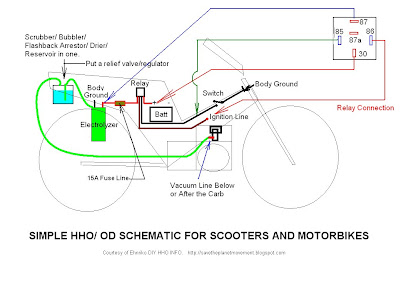
On 16 February 2005, in the culmination of ten years of sometimes exhausting and often frustrating negotiations, the Kyoto Protocol became law. Thirty-five industrialised countries along with the European Union are now legally bound to reduce or limit their greenhouse gas emissions.
What is the Kyoto Protocol?
The Kyoto Protocol is the world's only international agreement with binding targets to reduce greenhouse gas emissions. As such, it is the primary tool governments of the world have to address climate change. Specifically, the Protocol requires a nominal 5 percent reduction in emissions by developed countries world-wide relative to 1990 levels, by 2008-2012. To meet this world-wide target, each country is obligated to its individual target - the European Union (EU[15]) 8 percent, Japan 6 percent, etc. These individual targets are derived from past greenhouse gas emissions.
In addition to legally binding national emissions targets, the Kyoto Protocol includes various trading mechanisms. Now that the Protocol is law, formal preparations will begin to create a ‘global’ carbon market for emissions trading by 2008, and the so-called ‘flexible mechanisms’ - the Clean Development Mechanism (CDM) and Joint Implementation (JI) - will become operational.
The Kyoto Protocol was originally agreed on in 1997 - although many crucial details were left to later talks. In order to enter into force (become law) the Protocol required ratification by at least 55 countries accounting for at least 55 percent of the carbon dioxide emissions from Annex B (industrialised) nations. So far, 129 countries have ratified or acceded to the Protocol. It passed the number of countries test in 2002, and finally passed the second hurdle with ratification by the Russian Federation in late 2004.
Notably absent from the Protocol is the US; which shows no signs of ratifying the treaty, at least not as long as the Bush administration is in power - even though the US is the world's biggest greenhouse gas polluter. Australia, Liechtenstein, Croatia and Monaco also have yet to complete the ratification process.
The Clean Development Mechanism (Article 12)
The Clean Development Mechanism is designed to generate emissions reduction credits for Annex I countries that finance projects in non-Annex I countries who are part of the treaty. For example, Canada financing an energy efficiency project in China, or Japan financing a renewable energy project in Morocco. These projects must have the approval of the CDM Executive Board, and in addition to generating measurable emissions reductions against a business-as-usual baseline, they should contribute to sustainable development in the developing country partners.
Joint Implementation (Article 3)
Joint Implementation allows industrialised countries with emissions reduction targets to cooperate in meeting them. For example, German-financed energy efficiency projects in Russia, or Norwegian-financed renewable energy projects in Hungary, which generate emissions reductions, under specific circumstances can be credited to the country that finances them. In theory, this is a more economically efficient means of generating the same overall emissions reductions for industrialised countries.
See also 'Sinks' and other possible pitfalls.
Will the Kyoto Protocol "save the climate"?
The Kyoto Protocol is an important first step - as it was intended to be. It has always been recognized that the Kyoto Protocol will not be enough on its own. To avoid dangerous climate change the world needs at least 30 percent cuts by industrialized countries by 2020, increasing to 70-80 percent cuts by mid-century. Anything less than this will consign our children and theirs to a very unpleasant and very unstable world.
The decisions that governments, industry and civil society make over the next decade or two will be decisive. You have a say in those decision, and your help is needed. See our Take Action page for what you can do.
More information:
Kyoto pitfalls
International negotiations – Greenpeace position statements and first hand reports from international meetings.
Text of the Kyoto Protocol
Kyoto Protocol becomes law - Greenpeace marks the event and calls for action around the world.

